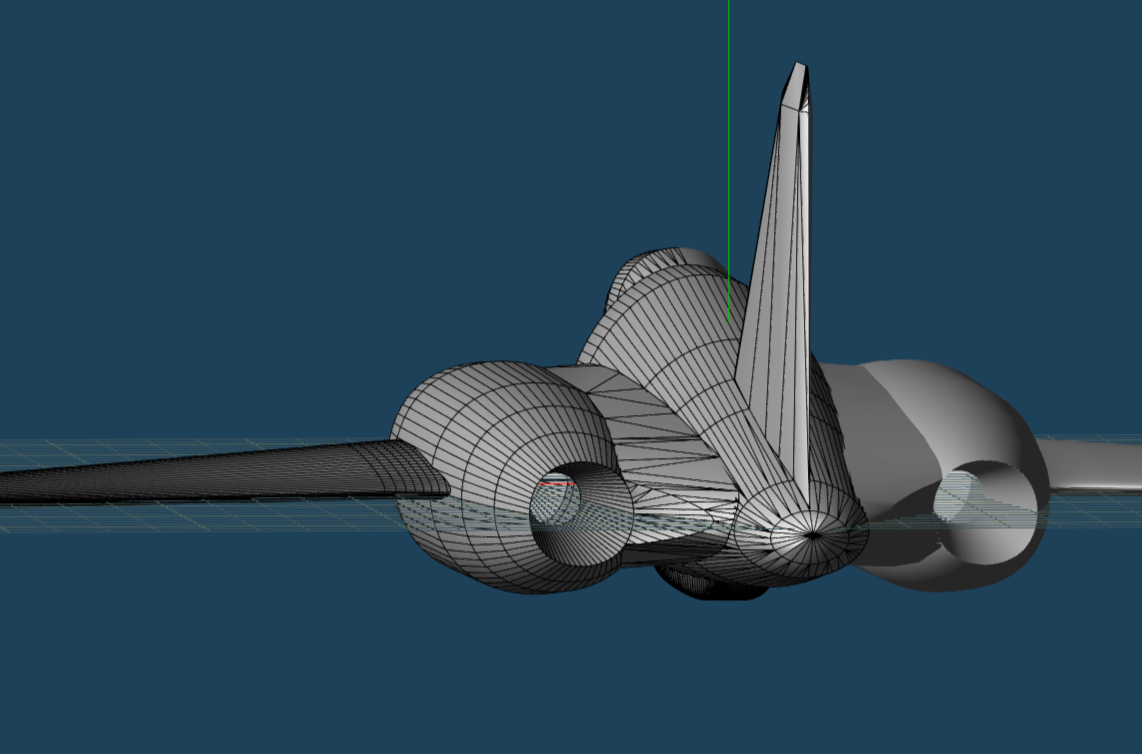Alive!
It's been a while since my last update.
Unfortunately, although I tried in vain to resume work on my FW VTOL design, I found some 'problems' that me to re-do some of the main parts. I got a bit discouraged. So, to heal my bruised ego, I decided to temporarily put that project on hold, and start a new project. This time, I'll pick a simpler design--- one that does not require a lot of fiddly parts like wheel wells, and landing gear struts.
The Heinkel P.1080
This fighter aircraft is a powered by two Lorin-Rohr ramjets. It is also armed with a pair of MK108 (30mm) cannons.
Like the ME163 Komet, the P.1080 has no landing gear. Take-offs are done with the help of a trolley for taxiing, which is then dropped just as the plane is airborne. Landings are done with the help of a skid under the main fuselage.
Unlike the rocket powered ME163, the ramjet powered P.1080 has no static thrust. Ramjets require a minimum speeds before it can ignite and produce its own thrust. Thus, the P.1080 is also equipped with 4 rockets for taking off. These rockets provide the initial thrust to reach the minimum speed required to ignite the ramjets.
Prep-work
Before starting, I grabbed the P.1080 3-view diagram from www.luft46.com.
Metaseq View Panel setup
Standard procedures... :) Nothing much to say here.
3D View Template
While trawling the Google Sketchup forums, I found a really neat tip that the Sketchup users use for transforming 3-views into 3d models. They take the top and side views of the model and load them as part of the model. The top view would lie flat on the X-Z plane, while the side view on the Y-Z plane.
This could be emulated in Metasquoia by creating two rectangles and UV-Mapping the top and side view images onto them.
Low Polygon Modelling
This plane has a lot of curves. Curves are very hard to model directly. It would be far easier to create curves by using b-spline patches.
Once the low poly model is done, I can let Metaseq generate the real wireframes. From there, I can remove the excess edges and vertices to produce a model that is suitable for cardboard.
The Fuselage
The fuselage will be the main structure of the model. All other parts will be attached to this.
Cockpit
Just another blob on top of the fuselage :).
Engines
I'll go into more details about the engine later.
Fairings
Next, I create the fairings between the fuselage and the engine.
Rudder
Then the rudder...
Wings
Then the wings...
Skid
And finally, the landing skids.
Now, you'll notice that there appears to be a lot of junk inside the engine intakes. These waste parts will be removed later on as I add more details to the engine.




















